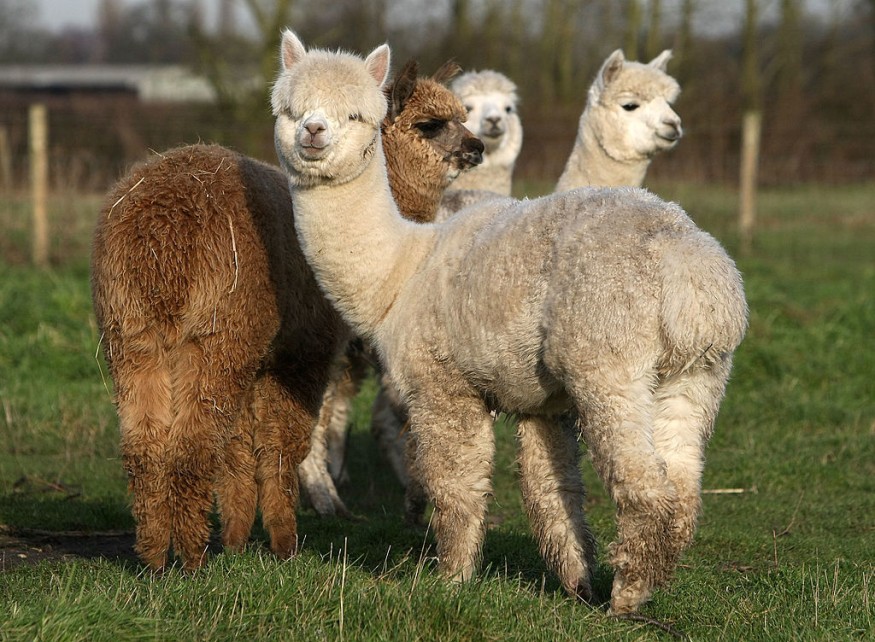People naturally believed that the long-necked figure they saw in the famed waters was the legendary beast, Loch Ness Monster. However, the recent sighting turned into a cheeky identity mistake as the animals on the waters turned out to be a bunch of alpacas that escaped to swim.
A group of South American mammals had broken free from a nearby enclosure and decided to enjoy the ocean waters. One of the creatures stuck out its neck from the water and looked strikingly similar to Nessie in the famous photograph.
Sneaky Alpacas Escape
Several naughty alpacas escaped their refuge to take a swim in Loch Ness. The said group peeked inside the Balachladaich Bed and Breakfast, close to their pen on the nearby banks.
One of the cunning alpacas was captured yesterday while cooling down in the loch. Someone grabbed a snap of the naughty alpaca sticking out its neck on the water surface and posted it on social media. Others started making jokes about the incident almost immediately.
"Cue the Nessie sightings from the other side of the loch," one person wrote, per Daily Star. Another added, "Closest looking animal to Nessie."
As things turned out, the photos appeared to be a replica of the 1934 "surgeon's photo," which was subsequently shown as a fake, according to Mirror.
It came after experts proposed a brand-new, shocking Nessie theory (per another Daily Star report) that the creature could have been a freshwater dinosaur.
Small plesiosaur fossils, long-necked marine reptiles from the dinosaur era, were discovered in the Sahara Desert of Morocco, a 100 million-year-old river system.

About Alpacas
Alpaca Clothing mentioned that Alpacas originate in South America and are members of the camelid family, including camels, llamas, guanacos, and the alpaca's progenitor, the vicuna.
Alpacas may be seen grazing at great elevations in several nations, including Bolivia, Chile, and Peru. They are extremely tough creatures that can survive in freezing and hot conditions.
In the 1800s, attempts to introduce the first alpacas to Britain failed. The 1990s were the first decade in which they were practical farm animals. There were only 250 alpacas in the nation when we started raising them in 1995. There are about 45,000 right now!
Britannica said alpacas are easily distinguishable from llamas due to their smaller size. They weigh 55-65 kg and stand 90 cm (35 inches) tall at the shoulder (121 to 143 pounds).
In addition to having a rounded body rather than a squarish one, alpacas tend to rest their tails against their bodies rather than holding them upright like llamas do.
The color of the alpaca's shaggy coat ranges from its typical black or brown to light gray and tan hues, pale yellow, and rarely white.
RELATED ARTICLE : Baby Alpaca Gets Wheelchair as Gift to Walk Again










